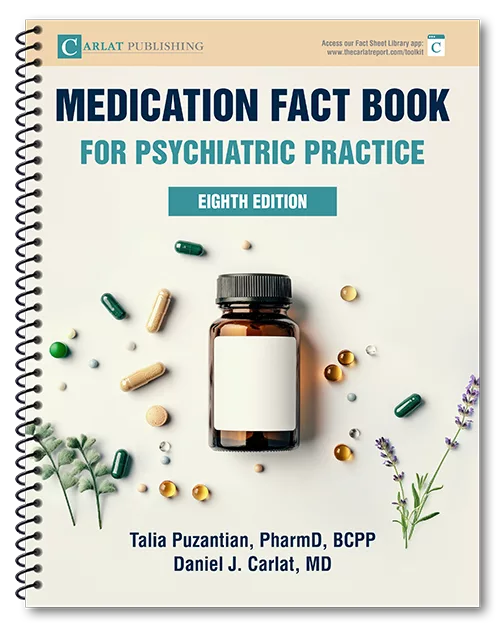Four Evidence-Based Psychotherapies for PTSD
The treatments for PTSD with the most evidence behind them are prolonged exposure (PE), trauma-focused cognitive behavioral therapy (TF-CBT), cognitive processing therapy (CPT), and eye movement desensitization and reprocessing (EMDR).
PE starts with psychoeducation and brief relaxation training through breathing, and quickly moves into two types of exposure therapy: in-vivo and imaginal exposure to the trauma (Foa EB, Hembree EA, Rothbaum BO. Prolonged Exposure Therapy for PTSD: Emotional Processing of Traumatic Experiences, Therapist Guide (Treatments That Work). New York: Oxford University Press; 2007). Like exposure therapy for other anxiety disorders, PE for PTSD involves facing the feared stimulus over and over until anxiety subsides.
In in vivo exposure, the client faces real-world reminders of the trauma. For example, a person who has been through a near-fatal car accident and feels terrified at the idea of driving again may sit in a car, then ride in a car driven by someone else, and finally drive the car while tracking his or her level of anxiety and distress, and practicing relaxation skills until the anxiety subsides. In imaginal exposure, clients tell their story (called their trauma narrative) to the therapist over and over, adding details each time. Clients also listen to a recording of their trauma narrative between therapy sessions. PE generally involves eight to 16 therapy sessions lasting 60–90 minutes.
TF-CBT shares the exposure components of PE but starts with a more extensive period of psychoeducation, relaxation training, and skills training in cognitive restructuring and emotion regulation. This allows the client to reach a more stable place emotionally before starting the often taxing process of exposure therapy, and also addresses some of the cognitive distortions common in individuals after a trauma (eg, thinking that they caused the traumatic event in some way). Therapists interested in learning TF-CBT can complete a free training, and also obtain consultation on specific cases, online at http://tfcbt.musc.edu. TF-CBT generally takes 12–16 weeks, and can be done in either individual or group settings.
CPT is a 12-session treatment program that focuses on how the client understands and copes with distressing thoughts stemming from the traumatic event(s) that triggered PTSD. As adapted by the [Veterans Affairs] National Center for PTSD, there are four main components of CPT. The first is psychoeducation, with the therapist educating the client about specific PTSD symptoms and how the treatment can help. Next, the client works on increasing awareness of thoughts and feelings about the trauma. The third component entails learning skills to question or challenge his or her thoughts. Finally, clients learn to understand common changes in beliefs that may occur after going through trauma, including beliefs about safety, trust, control, self-esteem, other people, and relationships.
EMDR has also been shown to be effective, though used less often. EMDR involves imaginal exposure, similar to PE and TF-CBT, but the exposure sessions are conducted while the therapist guides the client through a series of targeted eye movements and cognitive exercises. These serve both to ground the client (avoiding flashbacks and dissociation) and the eye movements may evoke some neurobiological process that assists in desensitization (Shapiro F and Laliotis D, Clin Soc Work J 2011;39(2):191–200).
Different clients may respond better to one treatment than another. For example, clients with single-episode trauma who can tolerate the exposure process will find fast relief from PE. Other clients who are too anxious or dysregulated to tolerate exposure therapy right away (for example those with a lot of suicidal thoughts or self-harm), or those who have prominent dissociative symptoms, are likely to have a hard time with PE and should instead be treated with TF-CBT, EMDR, or other treatments that focus on affect regulation skills (Lanius RA et al, Am J Psychiatry 2010;167(6):640–647).
Newsletters
Please see our Terms and Conditions, Privacy Policy, Subscription Agreement, Use of Cookies, and Hardware/Software Requirements to view our website.
© 2025 Carlat Publishing, LLC and Affiliates, All Rights Reserved.

_-The-Breakthrough-Antipsychotic-That-Could-Change-Everything.webp?t=1729528747)



